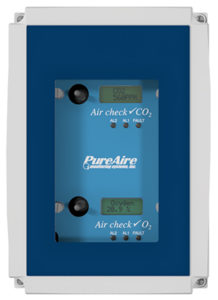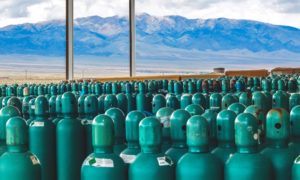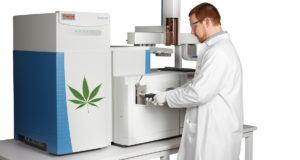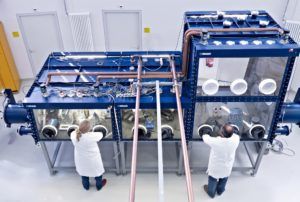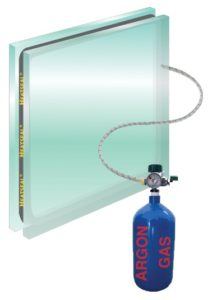PureAire Monitoring Systems is excited to introduce its new Dual Oxygen/Carbon Dioxide Monitor, an important addition to our full line of Oxygen Deficiency Monitors, Carbon Dioxide Monitors, and Combustible/Toxic Gas Detectors. Our new Monitor is designed for continuous monitoring of oxygen and carbon dioxide levels across a wide variety of applications, including cryogenic facilities, breweries, […]
READ MORE
Overview 3D printing (also known as “additive manufacturing”) affords manufacturers the ability to create custom parts that fit together perfectly. Utilized for decades in the medical products and aerospace parts industries, 3D printing is increasingly being used in other industries as well, including the relatively recent advent of 3D printed metal auto parts. New and […]
READ MORE
The art and science of winemaking have been around for thousands of years. Winemakers rely on their instincts, palates, and a thorough knowledge of the nuances involved in every stage of the winemaking process as they strive to achieve the flavors and qualities that they desire. Even a cursory overview of certain elements of […]
READ MORE
The technologies that power laptops, smartphones, LED televisions, and other technologies rely on one hidden ingredient: Gas. Compressed and inert gases help create a pure environment, control the temperature, and carry other substances for a high-quality end product. See how the different gases used play a pivotal role in technology product development and also how […]
READ MORE
Gas chromatography is a process used to separate chemical compounds for analysis. The analytical chemistry process is used with gases that won’t decompose when vaporized. Gas chromatography are used in a wide range of industries — everything from forensic science to medical marijuana. While the procedure is highly useful, there are risks when working with nitrogen gas. […]
READ MORE
For businesses that work with inert gases or hazardous materials, glove boxes are essential. They allow employees to safely work with sensitive or hazardous materials without compromising either the material or their safety. While glove boxes are an effective solution to handling inert and hazardous materials, they are not failsafe. To ensure there are no […]
READ MORE
Liquid nitrogen is used in a broad range of industries, from steelmaking and pharmaceutical to health care and ceramics. The inert gas is also used in laboratories, breweries, fine cooking, and more. Wherever liquid nitrogen is used, it must be stored securely so as not to mingle with air. Learn why nitrogen must be so carefully contained […]
READ MORE
The Colorado city of Denver recently passed a new law that requires facilities that use insert gas to install oxygen deficiency monitors wherever these gases are used in excess of 100 pounds. Learn what the new law requires from businesses and how an oxygen sensor protects your employees, your business, and your peace of mind. […]
READ MORE
The window industry is always searching for energy efficient improvements to windows. In recent years, inert gas fills between panes of glass have increased the performance of windows by reducing air leaks. Learn more about benefits of using argon gas in windows and unexpected risks of the production process. Argon Gas Fill for Windows Argon […]
READ MORE


